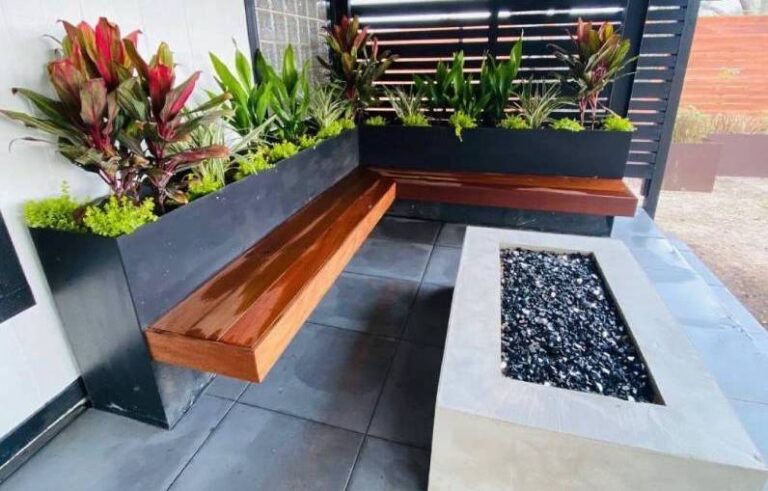Landscape Irrigation
As a commercial property manager in West Lake Hills, TX (78746), you understand the importance of maintaining a visually appealing landscape. When it comes to landscape irrigation, ensuring the health and beauty of your property’s green spaces is a top priority. With the right irrigation system and practices in place, you can achieve lush, thriving landscapes while conserving water and promoting sustainability. In this comprehensive guide, we’ll explore the essential steps to get started with landscape irrigation for your commercial property in West Lake Hills, TX.
Assessment and Planning
Before diving into the installation of a landscape irrigation system, it’s crucial to conduct a thorough assessment and develop a comprehensive plan. This initial stage sets the foundation for a successful irrigation project tailored to your property’s specific needs.
– Conduct a site analysis to identify key factors such as soil type, sun exposure, existing vegetation, and water source availability.
– Consider the unique landscaping features of your commercial property, including the presence of trees, flower beds, turf areas, and hardscapes.
– Collaborate with a qualified landscape irrigation professional to assess water requirements, zoning regulations, and potential water conservation strategies.
– Develop a detailed plan outlining the irrigation system layout, equipment specifications, and installation timeline.
System Design and Installation
With the assessment and planning phase completed, the next step involves designing and installing a customized landscape irrigation system that aligns with your property’s specific requirements and local regulations.
– Utilize advanced irrigation design software to create an efficient system that delivers precise water distribution while minimizing water waste.
– Choose high-quality components such as sprinklers, drip emitters, valves, and controllers to ensure reliable performance and longevity.
– Implement smart irrigation technologies that incorporate weather sensors, moisture sensors, and programmable controllers to adapt to changing environmental conditions and optimize water usage.
– Work with experienced irrigation professionals who adhere to industry best practices and local codes to install the system with precision and attention to detail.
Maintenance and Optimization
Once the landscape irrigation system is in place, ongoing maintenance and optimization are essential to ensure its continued effectiveness and longevity. Regular care and adjustments contribute to the optimal performance of the system and the health of your property’s landscape.
– Schedule routine inspections and maintenance checks to identify and address any potential issues such as leaks, clogs, or damaged components.
– Adjust irrigation schedules in response to seasonal changes, varying weather patterns, and plant growth to prevent overwatering or underwatering.
– Incorporate sustainable practices such as water-efficient irrigation techniques, soil amendments, and native plant selections to enhance water conservation efforts.
– Explore opportunities to upgrade to water-saving technologies or implement additional features such as rainwater harvesting systems to further enhance sustainability.
Key point
As a commercial property manager, investing in a well-designed and efficiently operated landscape irrigation system is a strategic decision that not only enhances the visual appeal of your property but also contributes to environmental responsibility. By prioritizing assessment, planning, design, installation, and ongoing maintenance, you can ensure that your landscape irrigation system supports the long-term health and vitality of your commercial property’s outdoor spaces.
Schedule Quote Today






